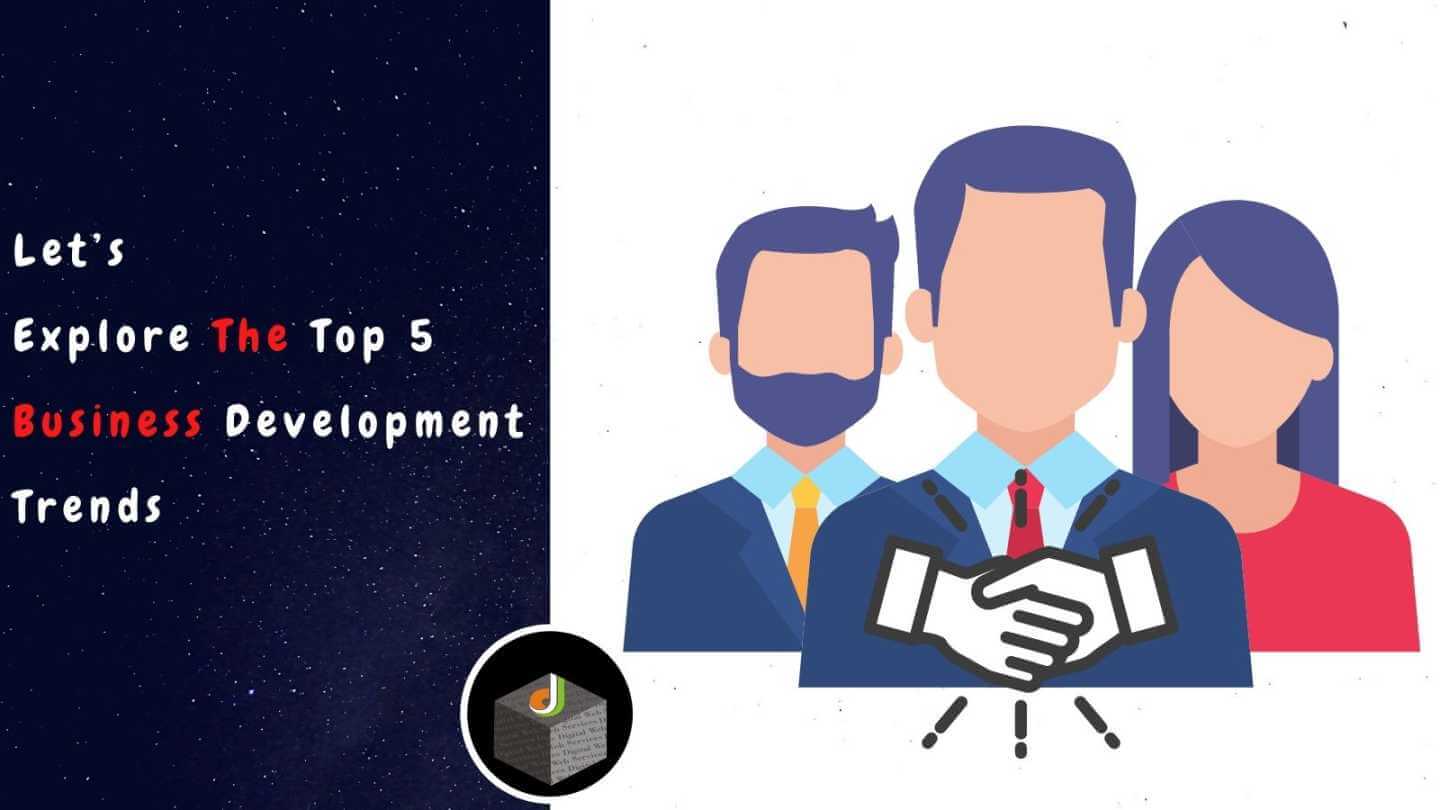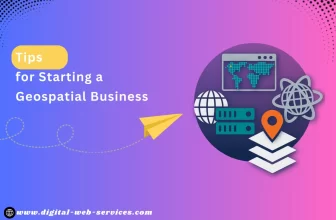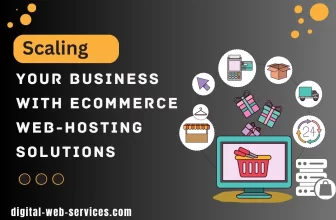
2020 was generally tough for businesses – many had to rearrange their working processes and adapt to the remote product and service delivery. Other companies failed to apply the pandemic lessons and lost the game. The fact is that each new challenge also brings an opportunity, and it is up to us to recognise it when it comes. Business development and specific Key Performance Indicators (KPIs) are core objectives for each company that wants to stay in the game and scale over time.
From my experience working in a bespoke software development company, I see that growth is key for every business to stay competitive. In our highly saturated globalised market, innovative technological solutions provide business value and drive progress forward. Think of your business development strategy as a long-term growth plan with defined goals. With every new strategic partnership, you expand your network and increase your opportunities to find new clients and cooperate with new partners.
Let’s explore the top five business development trends:
Be a Customer-Centric Organisation
In the ever-changing business environment and increased digital consumption, it is getting increasingly challenging to stand out and attract new customers. One of the best approaches to adopt when you wish your company to grow further is to customise your business around the idea of customer-centric products and services. You need to do your research and adequately identify current market demands & clients’ pain points and how your company can meet those.
Can you see an unmet demand? How can you make sure it is covered? It is not a secret that what businesses do is solve problems. As time passes and we evolve as creatures, our problems take a new shape. To provide highly demanded solutions, you need to know the current struggles of your customers. One of the essential practices here is to prioritise relationships as customers aren’t merely numbers. They are actual human beings with real needs. Work on establishing long-lasting relationships with them and continuously improve quality.
Implement Design Thinking
Design is everywhere, even if we often don’t realise it. Design might affect every business component from product packaging or a landing page to whole product delivery processes and work methodology. The way David Butler and Linda Tischler explain it in their book on Coca Cola’s business strategy is a fascinating example of how design can actually solve business problems. For example, a significant concern for them was keeping track of the visual identity of their global brand.
In other words, what beverages are currently on their expanding portfolio of soft drinks and juice, different brand names across regions and which beverages are no longer produced. They designed a visual identity system (VIS) based on a modular system. This was an approach that saved them operational costs and created a centralised platform for employees around the globe. Your current business challenge might be different but next time you tackle it, consider design as a powerful problem-solver.
Don’t Work More Hours, Work Smarter
Don’t overwork yourself might sound like a cliche, but being a person comes with certain physiological and mental limitations. A recent study shows that overworking can be deadly as it drains your power and leaves you exhausted and highly stressed, causing your health to decline. Instead of working long hours, think of ways to work smarter. A well-performing business strategy or product often results from a high-quality level of thinking. This is different from just increasing working hours and thinking that this will increase your productivity and the product’s quality.
The golden rule here is to automate as many processes as you can, as these will save you lots of valuable time and creative power in the long term. You can invest in Customer Relationship Management (CRM) software to keep contacts, interaction records, organise marketing campaigns etc. Use robust tools such as LinkedIn Sales Navigator to boost your sales engagement. Encourage your marketing team to organise events for brand awareness, lead generation and increase overall credibility.
Try the Remote-First Approach
If your company survived the business disruption caused by Covid-19, most likely, you have re-organised working conditions. Prior to the coronavirus outbreak, it was normal to work in your office Monday to Friday. Nowadays, it is increasingly popular for businesses to adopt a remote-first approach. Most firms continue to operate in a physical space at least partially but allow their employees to work remotely if they wish so.
Besides having short-term benefits such as preventing infections, remote-first policies also include long-term advantages. Among other things are the long-term flexibility associated with the home office, business continuity no matter the employees’ location, cost savings. Employers can also boost their talent acquisition if the job descriptions they offer include flexible working modes or remote-first firm policy. Retention rates might also increase as employees wellbeing and work-life balance stabilises.
Employ the Scientific Method
One of the best strategies to future-proof your business services is to implement the scientific method. It promotes sustainable and agile business development, scalability and data-driven objectives. The scientific method depicts a methodology used by scientists to approach any given problem in their fields, be it mathematics, physics or psychology. First of all, start with a question that interests your business, e.g. how to attract five more customers by the end of the year.
Then, do some research on the topic and find out the average number of cold calls your business has on a monthly basis and what percentage of these generate leads. Thirdly, create a hypothesis built around how things might improve, e.g. hiring a new business developer, using new software etc. After that comes the time for testing your hypothesis – take some time and experiment with solutions, e.g. purchase software, hire an interim etc. The next step is to measure the results and arrange them by their effectiveness. Finally, draw conclusions based on the gathered information and tailor customised business goals for the year.
Digital Web Services (DWS) is a leading IT company specializing in Software Development, Web Application Development, Website Designing, and Digital Marketing. Here are providing all kinds of services and solutions for the digital transformation of any business and website.










